For inspiration I decided to look for patterns within nature and went and collected a variety of natural forms to study and gathered microscope images from other sources.

Leaf Under a Microscope

Avocado Leaf under Microscope

Fresh Spring leaf

Leaf with teeth

Leaf skeleton with water fleas from pond

Jasmine Leaf
Abaxial leaf

Sunflower leaf (Leaf Microscopic)

Stomata of a leaf

Spirogyra- found in green algae-spiral arrangement of the chloroplasts that is diagnostic of the genus

Rocket leaf

Leaf Spike, trichome and stomata

Tilla Stems
Wild Mulberry, network of veins
epidermis of the broccoli sepal
Cotton Pollen grains
Aloe Vera Stomate
Lavender Stomata

Golden spiral plant

Sun flower head (Fibanacci number)
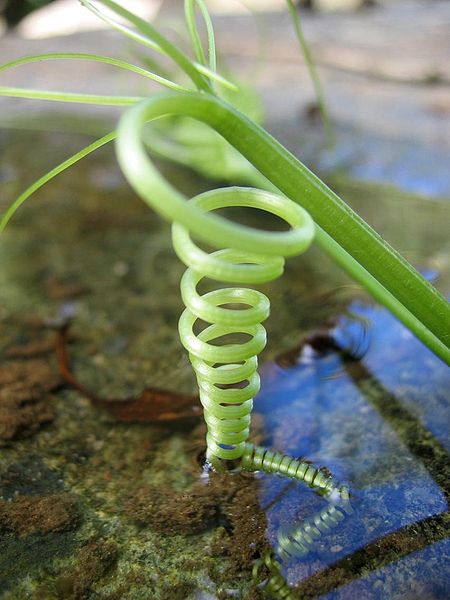
Climber plant
Lavender Pollen grain

Leaf Litter, Fiona Hall, 2002

Arabidopsis seed

Midge Head

Louse claws
Crane Fly

Bird Feather

Adonis blue butterfly egg
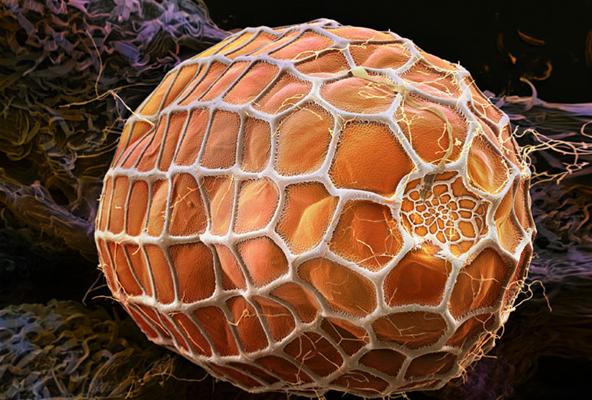
Zebra long wing butterfly egg
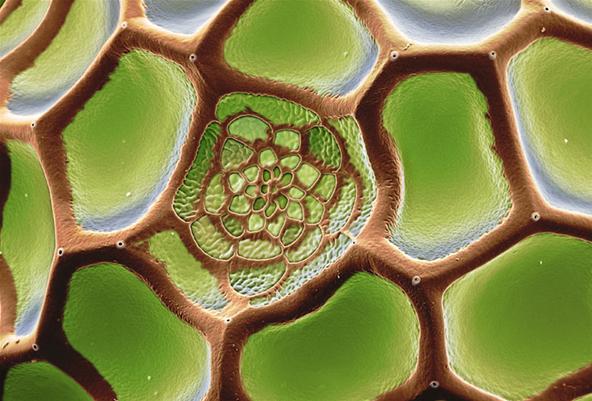
Red lace wing butterfly egg
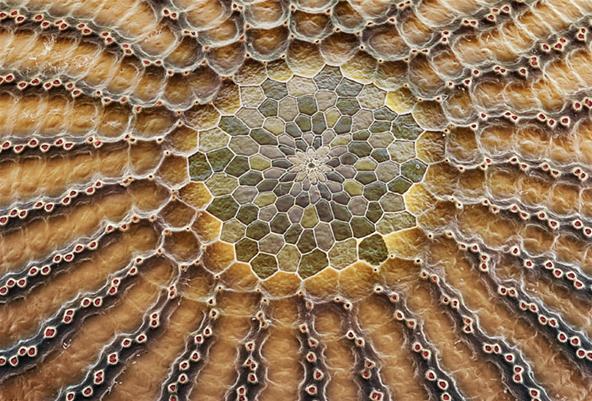
Owl butterfly egg
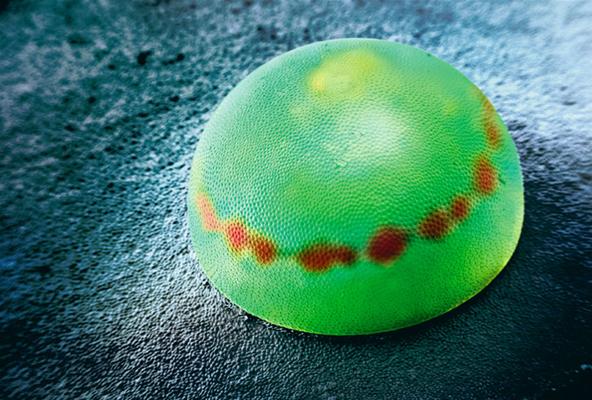
Blue morpho butterfly egg
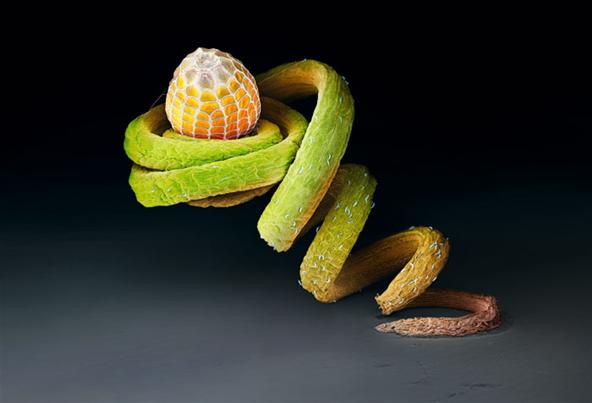
Julia heliconian butterfly egg, Perched on the tendril of a Passiflora plant, the egg of the Julia heliconian butterfly may be safe from hungry ants. This species lays its eggs almost exclusively on this plant's twisted vines.

Monarch butterfly wing

Fly's eyes
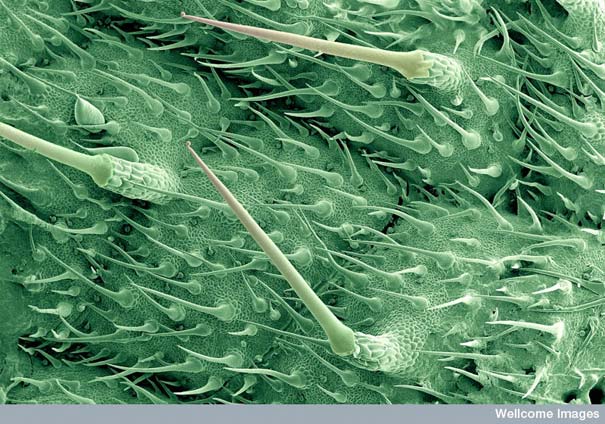
Stinging hairs on a nettle leaf

Shark skin, tooth-like scales called dermal denticles. Water “races through the microgrooves without tumbling,”
reducing friction. “It’s like a fast-moving river current versus the gurgling turbulence of a shallow stream.” The scales also discourage barnacles and algae from glomming on – an inspiration for synthetic coatings that may soon be applied to Navy ship hulls to reduce such biofouling.” . They also give the shark’s skin the feel of sandpaper.

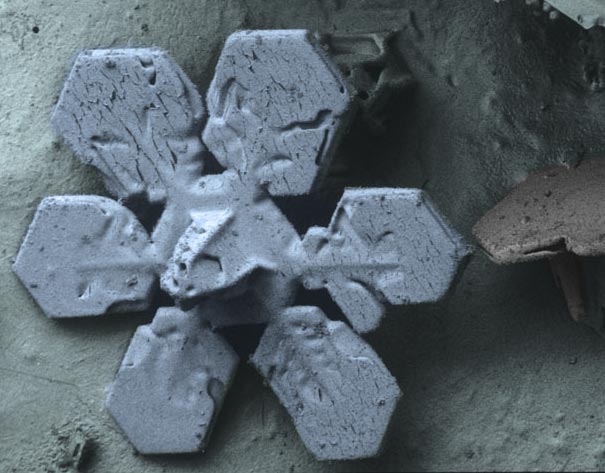
Snow
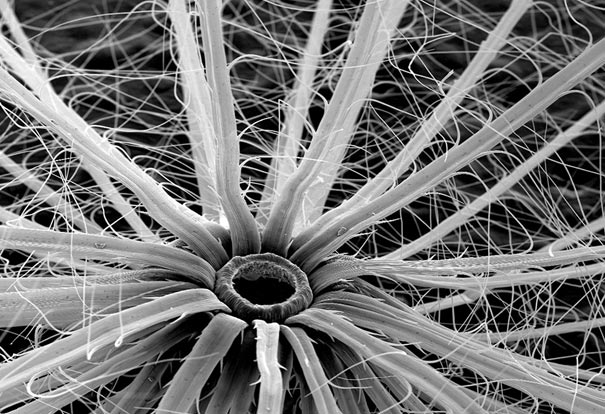
Puff ball

Microtubule

beautiful items Nearly Natural Artificial Arrangement
ReplyDelete